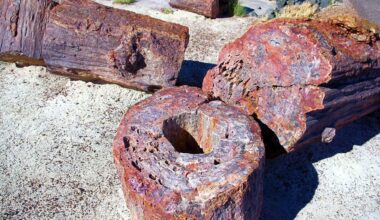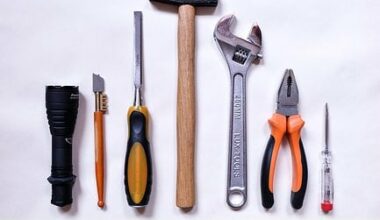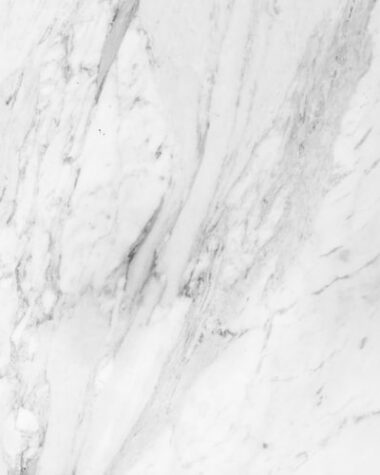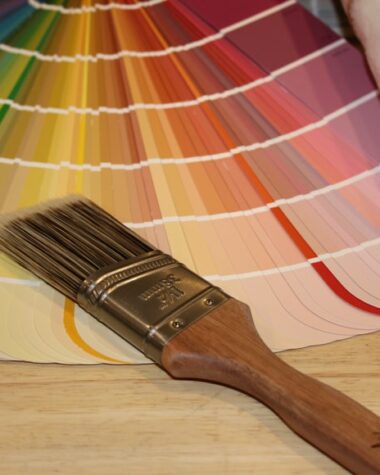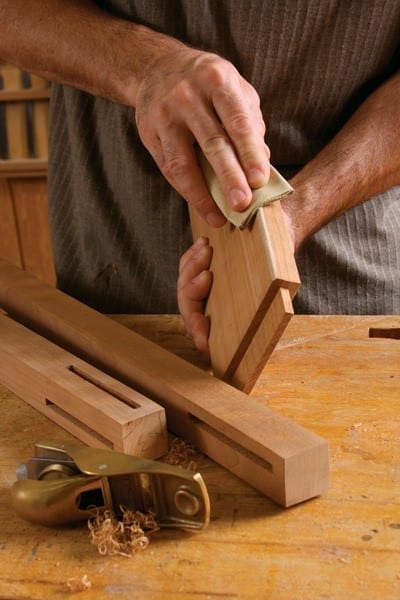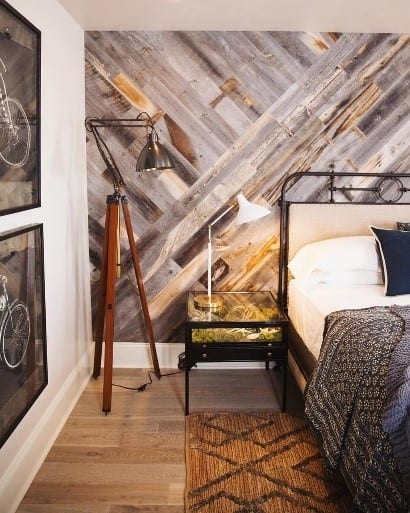Introduction
The 17th century was a period that was considered a golden era for Chinese furniture. This period was a part of the Qing dynasty. During this period, great materials, fine craftsmanship, and elegant designs were created by the woodworkers in China. The usage of huanghuali wood started in the era of the Ming dynasty (1368 to 1644 AD) and flourished during the times of the Qing dynasty (1644 AD to 1912 AD).
In Mandarin, Huanghuali means “yellow flowering pear” wood. This wood is an extremely rare species of rosewood. Its scientific name in Latin is Dalbergia odorifera. The tree grows about 15 meters tall. This tree is found only in Hainan, Fujian, Zhejiang, and Guangdong provinces in China.
One might have this question in mind- how to identify huanghuali wood. Read this article to know more about this exceptional type of wood.
This wood is known for its medicinal properties and is used extensively in Chinese medicines. Its antioxidant properties are known to cure many diseases like anaemia, sleep disorder, nervous disorders, etc.
Step-by-Step Instruction: How to Identify Huanghuali Wood
Step 1: Distinct Smell
You need to memorize the distinct smell of this tree, and that will be one of the key identifiers in spotting huanghuali wood. The sweet fragrance of huali or huanghuali wood is very different from the similar-looking but pungent-smelling hongmu. This is the key factor of how to identify huanghuali wood.

Step 2: Shimmering Surface
The translucent gleaming surface makes huanghuali wood different from the other varieties of wood and rosewoods. There are abstract patterns on the surface of this wood which adds to the mystery of it.
There are many people who attach huanghuali wood to many paranormal activities. Since some of the woods appear with a face-like image that looks like the skeleton’s face, this myth has been going on for centuries. The price of those wooden sheets where the face of ghosts appears cost a lot. So, if you are still not sure how to identify huanghuali wood, read on.

Step 3: Distinct Color
The huanghuali wood, which is also known as huali or hualu has a distinct reddish-brown color. In the early 20th century, specialists accepted the huang variety too as huanghuali wood. This wood has a yellowish-brown color and it is believed that due to the long exposure to the Sun, the surfaces had changed the color.
Even though huanghuali wood is primarily found in the Hainan Island in China, there are other varieties of the same species which are found elsewhere too. Researchers have found this wood in North Vietnam, Thailand, and Indochina borders. Guangxi region in the south of China is another place where this variety of Rosewood tree grows.

Important Things to Know About Classical Chinese Furniture
Now since you have an idea how to identify huanghuali wood, let’s have a look at some of the types of furniture which were made out of this wood. During the period of Ming and Qing dynasties, furniture made of huanghuali wood was used by the people of Royal blood alone.
The common man could neither afford nor was it allowed for them to use it. To this date, tables, chest of drawers, cabinets, horseback armchairs, chairs, benches, stools, kang tables, alcoves, bed frames, and many such classic furniture is available in an intact and sturdy condition. Some of them have historical value and are sold at an obnoxious price. Art collectors from across the globe collect these pieces.
Some e-tailers (like invaluable.com) specialize in selling items made out of huanghuali wood. They are not of any historical importance and the common man can buy them through a bidding process.
There has been so much demand for artifacts made of huanghuali wood, that the Chinese Government has declared it under state protection. There is a fear of this species getting extinct from the face of Earth.
Points to Keep in Mind While Buying Antique Furniture Made of Huanghuali Wood
1. Beware of Fraudsters
There are many sellers across the globe who sell fake furniture in the name of huanghuali wood. Chinese furniture in the period era we are talking about here was made from a variety of hard and soft woods. Chinese used to make furniture from natural items like bamboo, jute, and lacquer too. Hence if you are not familiar with how to identify huanghuali wood, there might be fraudsters who will take advantage of your naivety.
There might be a huge price difference between two similar looking pieces of furniture even if they were built during the same time period. The price is determined primarily by the quality of wood which was used to build the piece of furniture.
2. Know the Pattern of Construction
Chinese furniture of this period era was constructed without any glue or nails. If you examine each piece of furniture which is nothing less than a piece of art, you will realize that. There is a mesh of complex and intricate joints that were used to put the wood pieces together. The carpenters of the Ming and Qing dynasties surely were extremely good with geometry and mathematics to understand these intricacies so well.
3. Check Underneath the Furniture
These are not new pieces of furniture and were used hundreds of years ago. Hence it is obvious that to repair the wear and tear, they have undergone some kind of restoration process. Check underneath a piece of furniture to understand the concealed works of restoration.
4. Check with Furniture Restorers
Again, reading about the period furniture of that era, watching videos, and visiting museums will help you to an extent to have an idea. If you want to learn in detail about the original pieces of furniture made of huanghuali wood, you will have to invest a lot of time.
To master the art of how to identify huanghuali wood, befriend a furniture restorer who has the knowledge of these kinds of furniture. They have undergone extensive training and learning to reach that level. Their opinion and expertise cannot be matched by taking overnight crash courses.
If you are a collector of furniture made of huanghuali wood, a restorer can help you with the technical know-how to take care of them. The restorer will help you with repairing the surface of your furniture to make it look as good as new. They will replace the old parts which need to be replaced. Since these pieces were made of natural organic wood, they might have decayed with age or have been eaten by termites. The restorers have good knowledge about the Chinese joints which were used in these furniture. Hence, they can restore the pieces and make them look like the original piece without using nails, glue, and other external objects.
5. Safeguard the Furniture
Natural wood tends to expand in humid weather and shrink in cold weather. Cracks might appear when the wood starts moving. Hence as a collector, you need to install humidifiers and air-conditioning at home to keep the furniture in a good condition. Even the sheen and luster of these pieces can be impacted by heat and humidity.
6. Use the Furniture
These pieces of Chinese furniture look too good to be used in daily life. However, if you are a collector, then just do not keep them unused in a separate room to showcase them to your guests. Make them your daily part of life. Use the bookshelves, beds, chairs, stools, or anything which you might have bought. Since restoration is possible if any part becomes unusable, do not worry about the wear and tear.
7. Buy the Pieces Which Fit into Your Lifestyle
Cheng does not believe in buying furniture made of huanghuali wood and keeping them as artifacts in your house. So, if you have a modern décor, and these pieces do not fit into the style, then do not buy them. Or change the look of the rest of the house to accommodate these beauties. “I want people to think of tables as both part of their daily life and a beautiful object in their collection,” says Cheng.
Conclusion
Most of the furniture made of huanghuali wood is extremely expensive and many are kept in the museum as artifacts. Sotheby’s sometimes put some of the furniture made in the 16th and 17th centuries for auction. Art collectors often are on the lookout for such exquisite furniture. By reading an article surely you will not be able to master the art of how to identify huanghuali wood. This skill is more to do with the experience of all the five senses.
An expert in Chinese furniture and huanghuali wood, Michelle Cheng had mentioned that mastering the art of how to properly identify the materials takes a good amount of time, effort, and patience. She also states that examining as many pieces as possible might help.
Minneapolis Institute of Arts is a museum where furniture and artifacts made of original huanghuali wood are displayed. If you are visiting New York, take a trip to the Metropolitan Museum of Art. Spend a couple of days in these museums to understand the look and texture of these pieces of furniture. You can think about visiting these places to have an idea about the furniture of this period era. Since they are museums, you will not be allowed to touch these pieces or smell them, however, even looking at them from a distance will help you to gain some knowledge. Happy furniture to you!!!

